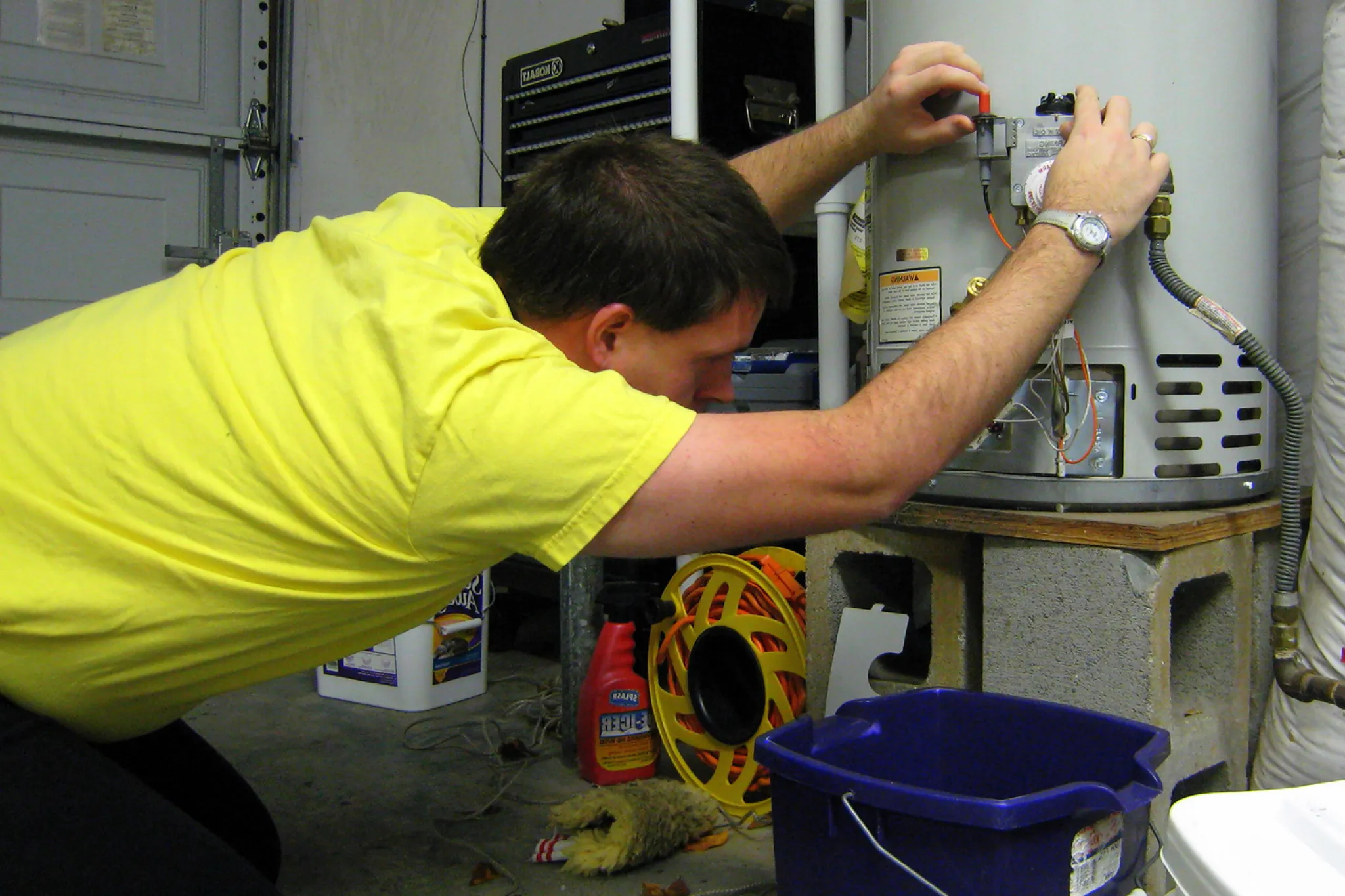What are your thoughts about How to Maintain Your Water Heater & Prolong its Life?

Hot water is necessary for daily convenience, whether it's for a refreshing shower or washing recipes. To ensure your warm water system runs efficiently and lasts much longer, regular maintenance is vital. This article offers sensible suggestions and understandings on how to preserve your home's hot water system to prevent disturbances and costly fixings.
Intro
Preserving your home's warm water system could seem difficult, however with a couple of basic actions, you can ensure it operates smoothly for many years ahead. This overview covers everything from understanding your hot water system to DIY maintenance tips and understanding when to contact expert assistance.
Value of Keeping Your Warm Water System
Normal upkeep not just prolongs the life-span of your warm water system yet additionally guarantees it runs successfully. Neglecting maintenance can lead to decreased efficiency, higher energy bills, and even premature failure of the system.
Signs Your Warm Water System Demands Upkeep
Recognizing when your warm water system requires focus can protect against significant concerns. Watch out for indications such as irregular water temperature, strange sounds from the heating system, or rustic water.
Comprehending Your Hot Water System
Before diving into maintenance jobs, it's handy to comprehend the fundamental components of your hot water system. Typically, this includes the hot water heater itself, pipelines, anode rods, and temperature level controls.
Regular Monthly Maintenance Tasks
Routine monthly checks can help capture small problems before they escalate.
Purging the Hot Water Heater
Flushing your water heater removes debris accumulation, improving performance and extending its life.
Checking and Changing Anode Rods
Anode poles avoid corrosion inside the container. Checking and changing them when broken is important.
Checking and Changing Temperature Setups
Changing the temperature setups makes sure optimal efficiency and security.
DIY Tips for Upkeep
You can do several upkeep jobs yourself to maintain your hot water system in leading condition.
Looking for Leakages
Routinely evaluate pipelines and connections for leakages, as these can result in water damages and greater bills.
Checking Pressure Alleviation Valves
Evaluating the stress relief valve guarantees it works appropriately and stops excessive stress buildup.
Shielding Pipes
Shielding hot water pipelines reduces warm loss and can save power.
When to Call a Professional
While DIY upkeep is advantageous, some concerns need specialist knowledge.
Complicated Issues Needing Professional Assistance
Instances include significant leaks, electrical troubles, or if your water heater is constantly underperforming.
Routine Expert Upkeep Advantages
Specialist maintenance can consist of detailed evaluations, tune-ups, and making certain compliance with security criteria.
Conclusion
Routine upkeep of your home's hot water system is necessary for performance, long life, and cost financial savings. By adhering to these tips and understanding when to look for professional help, you can make sure a reliable supply of hot water without unforeseen disturbances.
How to Maintain an Instant Hot Water Heater
Before tinkering with your hot water heater, make sure that it’s not powered on. You also have to turn off the main circuit breaker and shut off the main gas line to prevent accidents. Also turn off the water valves connected to your unit to prevent water from flowing into and out of the appliance. 2. When you’re done, you have to detach the purge valves’ caps. These look like the letter “T†and are situated on either side of the water valves. Doing so will release any pressure that has accumulated inside the valves while at the same time avoid hot water from shooting out and burning your skin. 3. When the purge valves’ caps are removed, you have to connect your hosing lines to the valves. Your unit should have come with three hoses but if it didn’t, you can purchase these things from any hardware or home repair shops. You can also get them from retail stores that sell water heating systems. Read the user’s manual and follow it to complete this task properly. When the hosing lines are connected, open the purge port’s valves. 4. You should never use harsh chemical cleaners or solutions when cleaning your unit. Make use of white vinegar instead. It should be undiluted and you’ll probably use about 2 gallons. 5. Now flush your water heater. This task should probably take about 40 minutes. We can’t give you specific directions for this because the procedure is carried out depending on the type, model and brand of your heater. With that being said, refer to the user’s manual. 6. When you’re done draining the unit, you have to turn off the purge port valves again. Remove the hosing lines that you earlier installed on each of the water valves. Put the valve caps (purge port) back in their respective places and be very careful so as not to damage the rubber discs that are found inside these caps. 7. Now that everything’s back in place, check your user’s manual again to find out how to reactivate your water heating system. 8. Once it is working, turn one of your hot water faucets on just to let air pass through the heater’s water supply pipes. Leave the tap on until water flows smoothly out of it. https://www.orrplumbing.com/blog/2014/september/how-to-maintain-an-instant-hot-water-heater/

We had been shown that write-up on Water Heater Maintenance Tips You Can't Afford to Forget through a pal on our other domain. Be sure to set aside a second to promote this content if you enjoyed reading it. Many thanks for being here. Return soon.
Set An Appointment